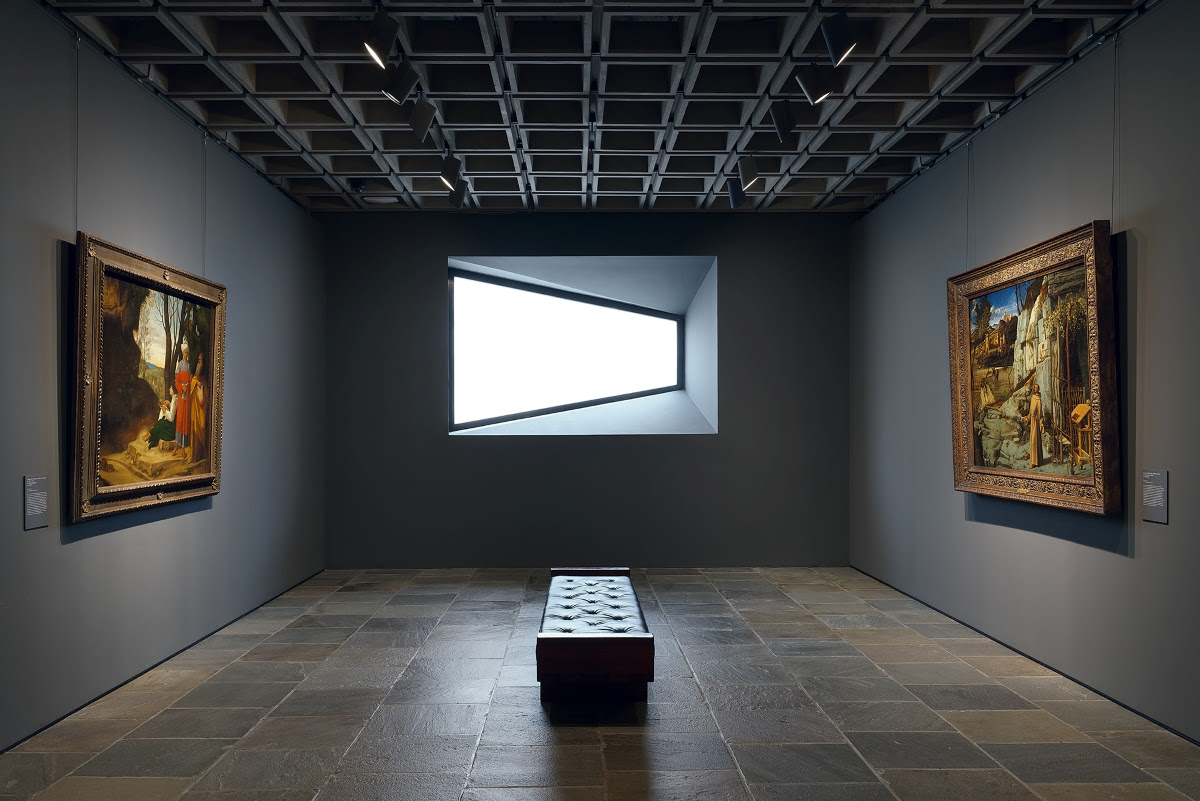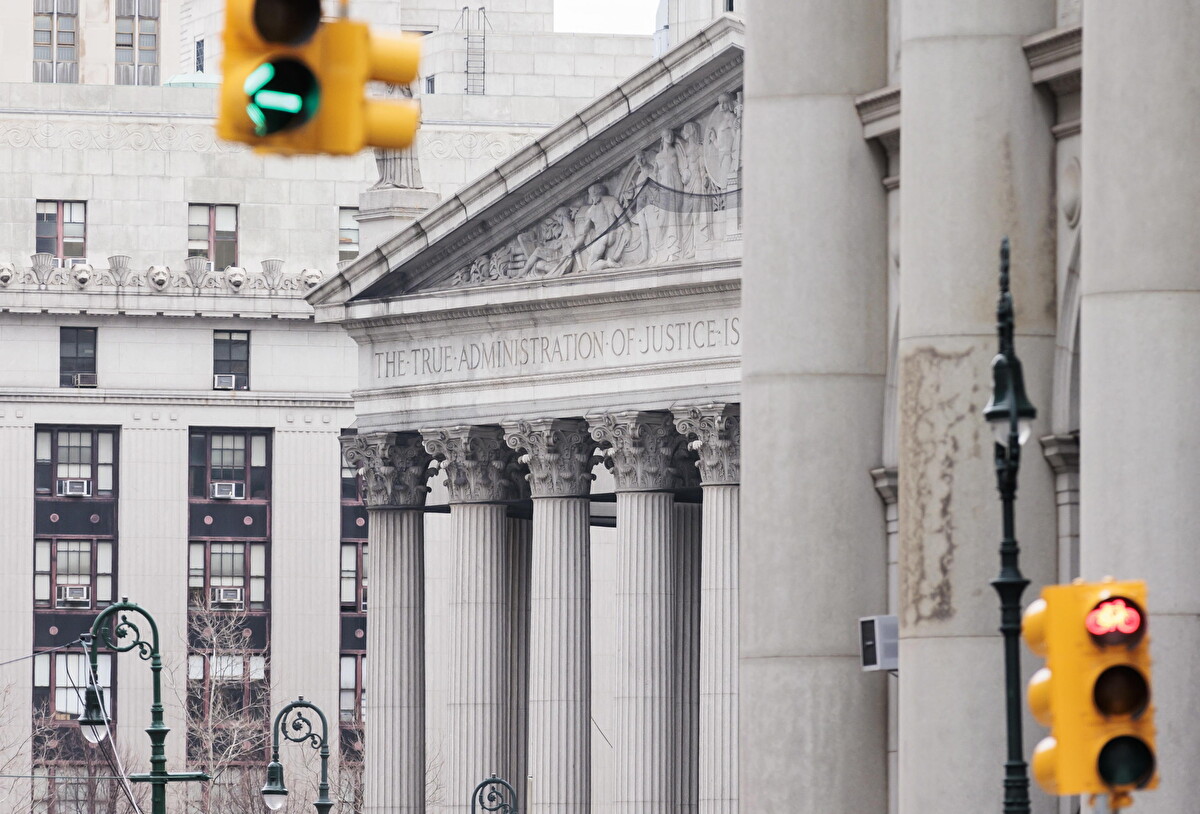The Frick Collection, in its temporary home on the corner of 75th Street and Madison Ave., formerly the Whitney, and Metropolitan Museum’s Breuer annex at different times, has reunited two Renaissance masterpieces after a 400-year separation since the 16th century for an unprecedented and final exhibit before The Frick returns to its Fifth Avenue home in Fall, 2024.
The paintings—known as The Three Philosophers by Giorgione and St. Francis in the Desert, by Bellini, resided at Taddeo Contarini’s palazzo in 1556, and remained there for at least 31 years and possibly longer, before being separated around 1589, when the Bellini moved to Palazzo Giustinian through the marriage of Contarini’s great-granddaughter Elisabetta. The two masterpieces changed hands through the centuries, eventually reaching Vienna’s Kunsthistorisches Museum and the Frick, where they are among those collections’ most important paintings.

As different as they are stylistically, both masterpieces are concerned with man’s relationship to nature and the world. About the same size, humans inhabit both paintings, the landscapes of rocks, distant horizons and landscapes suggest a similar poetry while the ultimate issue that links them is that of trying to understand the world: Bellini’s St. Francis is in close communion with plants, nature, the sun, and the moon while one of the characters in Giorgione’s Three Philosophers seems to be measuring and studying the world from a scientific angle. The seated character is possibly a student–speculated to be Pythagoras.
This pairing could not have come at a more opportune time as modern humans grapple with nature to better understand bewildering phenomenons such as climate change, global warming and carbon emissions.
Organized by Xavier F. Salomon, Deputy Director and Peter Jay Sharp Chief Curator, who said, “When we moved to Madison Avenue we thought of different ways to present the collection.”

The pair is displayed—alone—in the iconic room within the Marcel Breuer–designed building where St. Francis has hung in isolated splendor, as if in a secular chapel. The intimate alcove has a single black bench with the two paintings facing each other as if in direct dialogue; visitors can take their place at the modest bench to contemplate the two.
Scholars speculate that Giorgione conceived The Three Philosophers, most likely commissioned by Contarini himself, as a companion to Bellini’s St. Francis in the Desert, and they seem to have been at Contarini’s palazzo for most of the sixteenth century before being separated for 400 years.
Frick Madison’s final free community evening, Gray-Krehbiel Open Night, will feature programming inspired by Bellini and Giorgione in the House of Taddeo Contarini on Friday, February 2, from 5:00 to 9:00 p.m. Visitors are welcomed after hours to explore the galleries and the reading room of the Frick Art Reference Library. A variety of talks will be presented throughout the evening, including on the shared history of the Bellini and Giorgione works.
The event is free, with advance registration recommended. ASL interpretation and Assistive Listening Devices are provided at all the talks. Full details are available at frick.org/opennights.












